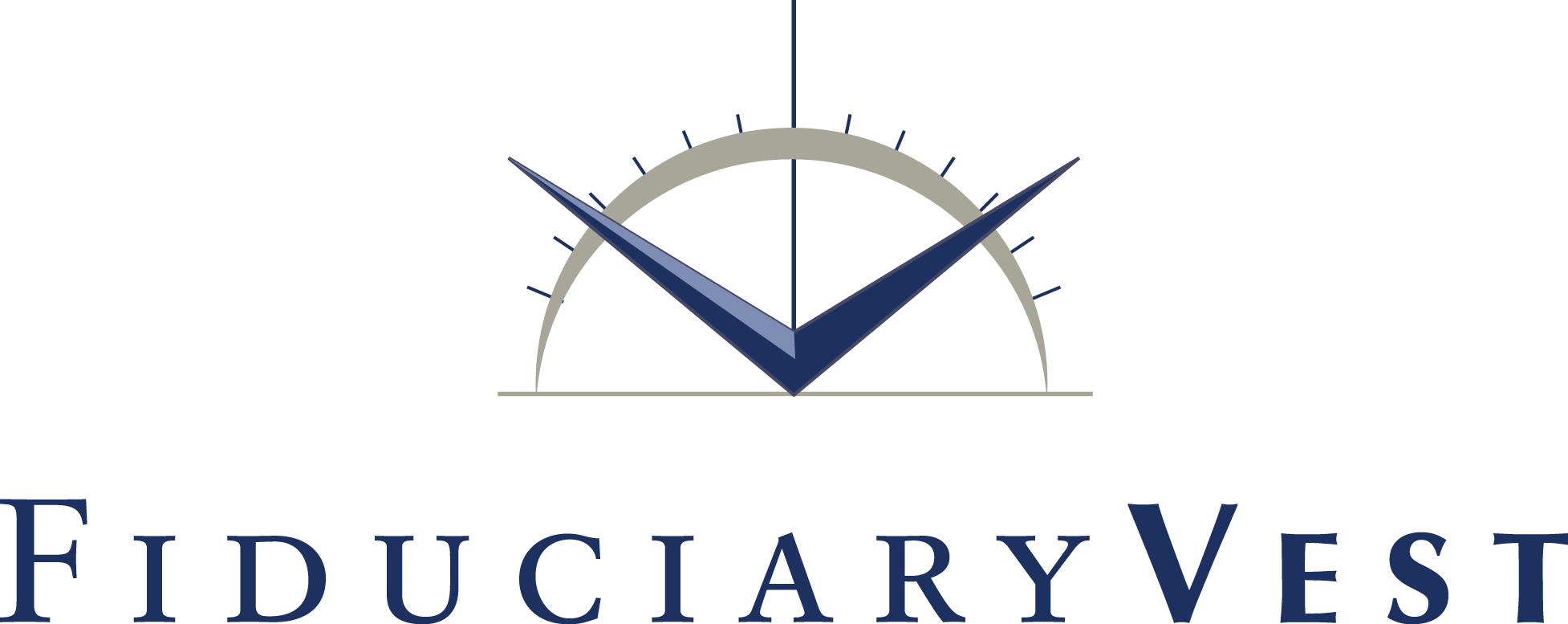
Market turmoil…. Not so fast, Fed-guys
In the distant past…. the 1980s days of 3 – 6% annual US price-inflation increases, we said that those who held inflation in disregard, making it out to be a leading economic menace, would likely come to believe that modest inflation is actually a necessity, once they have seen a full frontal view of the havoc that is visited on all things financial, by a robust wave of deflation. While inflation may be a robber that silently steals your savings account, deflation is a catastrophe that, among other bad things, turns debt into negative leverage (debt being the engine that powers all capital-oriented economies).
Now, along comes the US Federal Reserve and its global counterparts in the UK, Euroland and Japan, to shield the world from its budding self-destructive tendency not to buy and borrow very much. The US is actually the healthiest of the lot; its economy has recently perked itself to about 3% annual growth* for the present. But even that modest growth clip may not be sustainable, because:
(a) the Fed’s 6-year-long “Quantitative Easing” program, which created nearly $4 trillion newly printed dollars, is scheduled to end this month. [On the days those dollars were created, they were used for open-market purchases of equal amounts of long term US treasury bonds and government-backed mortgage securities.] In addition to these “new-money” purchases, the Fed has reinvested most of its cash collections from interest /maturities and;
(b) the US’s relative economic strength is driving up the dollar price of US-produced goods, which will predictably weaken foreign sales (on top of the already shrinking demand in those countries).
Conclusion: We assume that the Fed and its global brethren have caucused, or will caucus, to conclude that another economic rescue is decidedly inferior to the prevention of that situation; this will logically lead to: (1) a(nother) round of new global money supply (lately hinted at), via Quantitative Easing on a global scale, (2) a strong(er) US Dollar, and (3) tepid US growth/inflation rates for a period of two years or more (after which… who knows?). Stay tuned.
*According to an un-attributed report from “two people familiar with” Chairperson Yellen’s comments at a very recent closed-door weekend meeting, she expects the US economy to grow at 3%, with inflation rising to the Fed’s 2% target, both being driven by continuing decline in the unemployment rate. In brief: she’s apparently saying she believes current Fed policy is working just fine.
*According to an un-attributed report from “two people familiar with” Chairperson Yellen’s comments at a very recent closed-door weekend meeting, she expects the US economy to grow at 3%, with inflation rising to the Fed’s 2% target, both being driven by continuing decline in the unemployment rate. In brief: she’s apparently saying she believes current Fed policy is working just fine.





